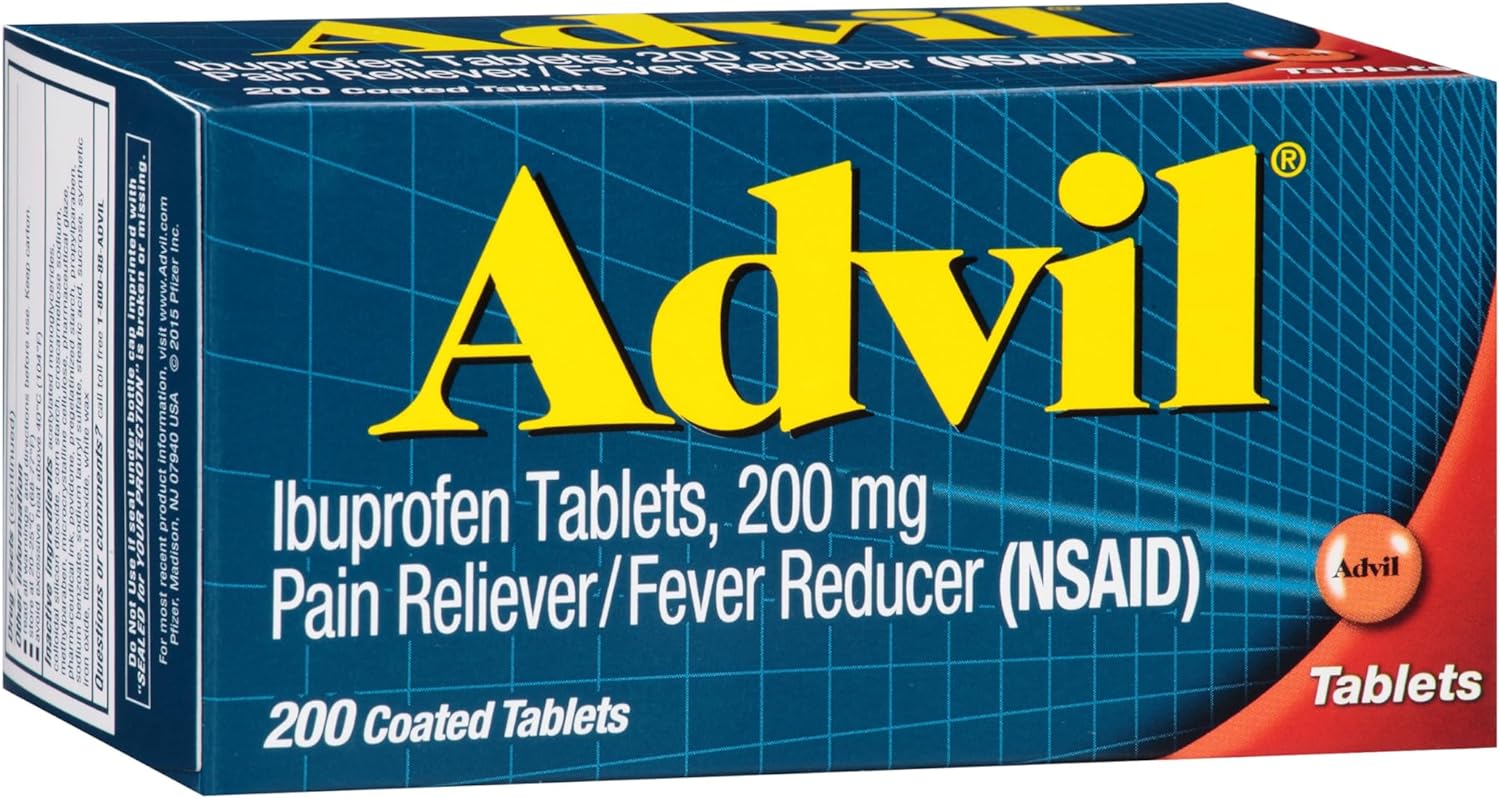Cluster Headaches: Symptoms, Causes, Treatment
What are the symptoms of cluster headaches?
Cluster headaches are a type of headache that causes severe pain on one side of the head, usually around the eye. The symptoms of cluster headaches can vary but may include:
- Severe pain: The pain of a cluster headache is often described as sharp, stabbing, or burning. It is typically located around one eye or temple but can radiate to other areas of the face, head, neck, or shoulders.
- Unilateral pain: Cluster headaches usually occur on one side of the head and are often felt around the eye, although they can switch sides between attacks or even during the same attack.
- Frequency: Cluster headaches occur in clusters or groups, with attacks often happening at the same time of day or night and lasting between 15 minutes to 3 hours.
- Duration: Cluster headaches are known for their short but intense duration, with most attacks lasting between 15 minutes to 3 hours. However, some attacks may last longer.
- Timing: Cluster headaches often occur at the same time each day, often waking the person from sleep.
- Autonomic symptoms: During a cluster headache attack, people may experience autonomic symptoms such as redness or watering of the eye, drooping eyelid, nasal congestion or runny nose, sweating, or flushing of the face.
- Restlessness: People with cluster headaches may feel restless or agitated during an attack, pacing or rocking back and forth.
- Sensitivity: Light, noise, or odors may worsen the pain during a cluster headache attack.
It’s important to note that cluster headaches are relatively rare, affecting less than 1% of the population. They are often considered one of the most severe types of headache and can significantly impact a person’s quality of life. If you experience symptoms of cluster headaches, it’s important to see a healthcare provider for proper diagnosis and management.
What are the causes of cluster headaches?
The exact cause of cluster headaches is not well understood, but they are believed to involve the activation of the trigeminal nerve, which is responsible for sensation in the face and certain motor functions such as chewing. Some factors that may contribute to the development of cluster headaches include:
- Hypothalamus dysfunction: The hypothalamus, a small region of the brain that regulates the body’s internal clock and other important functions, may play a role in the development of cluster headaches. Changes in the hypothalamus function, such as during sleep-wake cycles, may trigger cluster headache attacks.
- Trigeminal nerve activation: The trigeminal nerve is thought to play a key role in the pain of cluster headaches. Activation of the trigeminal nerve can cause the intense pain associated with cluster headaches.
- Vascular changes: Some researchers believe that changes in blood flow and blood vessels in the brain may contribute to the development of cluster headaches. However, the exact role of vascular changes in cluster headaches is still not fully understood.
- Hormonal factors: Some studies have suggested that hormonal factors may play a role in the development of cluster headaches, as they are more common in men and tend to occur more frequently during certain times of the menstrual cycle.
- Genetic factors: There may be a genetic predisposition to cluster headaches, as they tend to run in families.
- Triggers: Certain triggers, such as alcohol, smoking, strong odors, or changes in sleep patterns, may trigger cluster headache attacks in some people.
Overall, the exact cause of cluster headaches is still not well understood, and more research is needed to determine the underlying mechanisms of this condition.
What is the treatment for cluster headaches?
Treatment for cluster headaches aims to relieve pain, shorten the duration of the headache, and prevent future attacks. Treatment options may include:
- Acute treatments: These are used to relieve the pain of a cluster headache attack and may include:
- Oxygen therapy: Inhaling 100% oxygen through a mask can help relieve cluster headache pain for some people.
- Triptans: These medications can help constrict blood vessels and block pain pathways in the brain.
- NSAIDs or corticosteroids: These medications can help reduce inflammation and pain.
- Preventive treatments: These are used to reduce the frequency and severity of cluster headache attacks and may include:
- Verapamil: A calcium channel blocker that is often used as a first-line preventive treatment for cluster headaches.
- Topiramate or divalproex: Anticonvulsant medications that may help prevent cluster headaches.
- Lithium: A mood-stabilizing medication that may help prevent cluster headaches.
- Occipital nerve block: Injection of a local anesthetic into the occipital nerve may help prevent cluster headaches in some people.
- Neuromodulation therapies: These therapies involve stimulating nerves to help reduce cluster headache attacks and may include:
- Occipital nerve stimulation: This involves implanting a device that delivers electrical impulses to the occipital nerve.
- Transcutaneous vagus nerve stimulation (tVNS): This involves using a device placed on the skin to stimulate the vagus nerve.
- Surgical options: In rare cases, surgery may be considered for people with severe, treatment-resistant cluster headaches. Surgical options may include:
- Deep brain stimulation: This involves implanting electrodes in the brain to help modulate pain signals.
- Hypothalamic stimulation: This involves implanting electrodes in the hypothalamus to help modulate pain signals.
It’s important for people with cluster headaches to work closely with their healthcare provider to develop a treatment plan that is tailored to their individual needs. Prompt and appropriate treatment is important for managing cluster headaches and improving quality of life. Life doesn’t need to be hard. Ask, and you shall receive.




